
Kelleys Island, Ohio
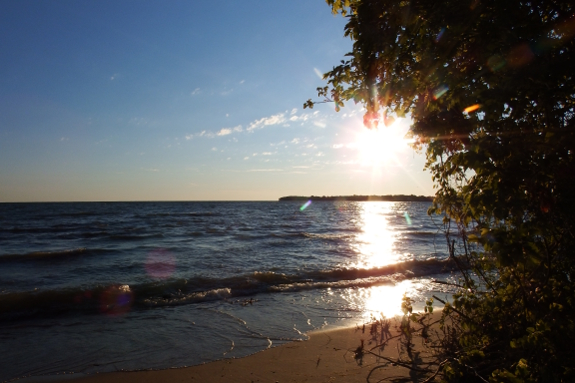
Mark and I snuck away to
Kelleys Island this week, which is almost the closest spot on the Great
Lakes to us and is definitely one of the most natural. I'm a bit afraid
to tell you how much we loved it or the island may be swamped the next
time we try to visit. On the other hand, the $72 ferry ride (two people
and a car, round trip), must cut down on what would otherwise be a
total inundation.
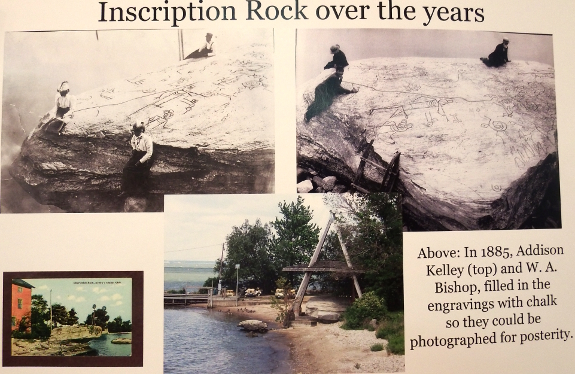
Oh, but wait! There was
a bit of a dud involved in this exploration. Inscription Rock, a Native
American petroglyph, was pretty disappointing. The 300- or 400-year-old
carvings in a big limestone boulder have pretty much worn away despite
the roof erected in the 1980s. On the other hand, the history museum
(from whence I stole this series of images) filled in the blanks very
nicely and made me almost feel like I'd seen the original carvings.
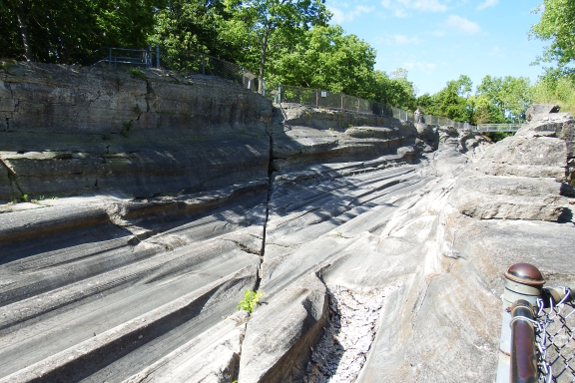
Everything else on
Kelleys Island was phenomenal. The glacial grooves were Mark's and my
second-favorite part of the island (although impossible to photograph
in their full glory). This massive gully carved out by a mile-high
glacier over 10,000 years ago is encircled by mind-bending educational
signs (albeit a bit hard to read at 40 years old). You can also find
smaller, unmarked grooves on the island if you look carefully. (I found
one set!)
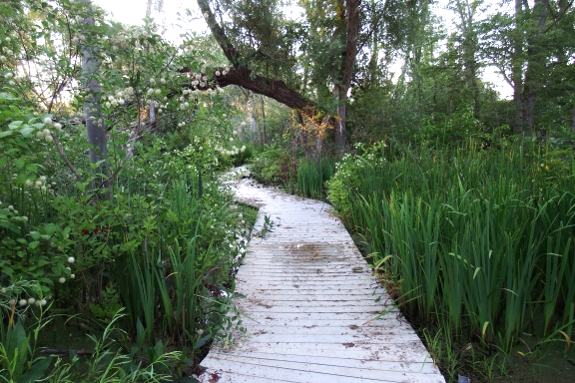
"So if glacial grooves
were only your second-favorite attraction, what was your favorite part?" I can hear you
asking. The North Pond Loop Trail, a nearly mile-long boardwalk through
an old-growth wetland (aka an embayment pond) was so beautiful I felt
like I was walking through a botanical garden...but one sculpted by
nature rather than by man.
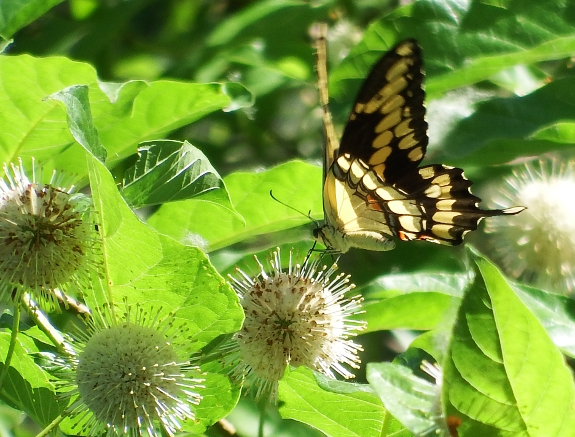
There were butterflies
and flowers and an out-of-the-way observation tower in which Mark and I
relaxed and listened to the waves on the nearby beach while watching
the world go by. Finding some place beautiful and alone to just sit is
probably our very favorite vacation activity, and we indulged
repeatedly.
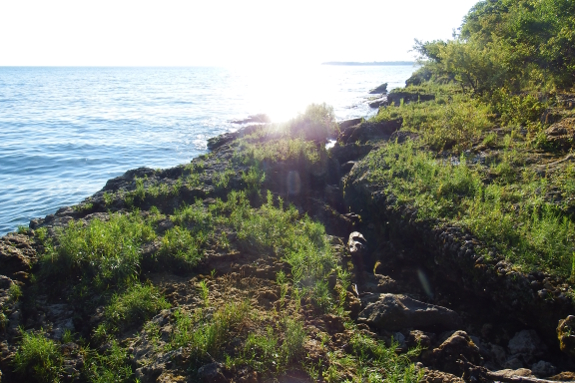
From a plant-geek
perspective, the alvar on the northwest side of the island was just as
amazing as the embayment pond. Also known as limestone pavement, this
iteration of the ecotype looked quite different from the one I'd
explored in the UK eighteen years earlier. The ocean-like Lake Erie was
right there, for one thing, so the glacier-scraped rock wasn't as bare
as the pavement I remember seeing inland. And the slap of the waves up
through cracks in the alvar lent an auditory edge to the pavement on
Kelleys Island that the other example didn't possess.
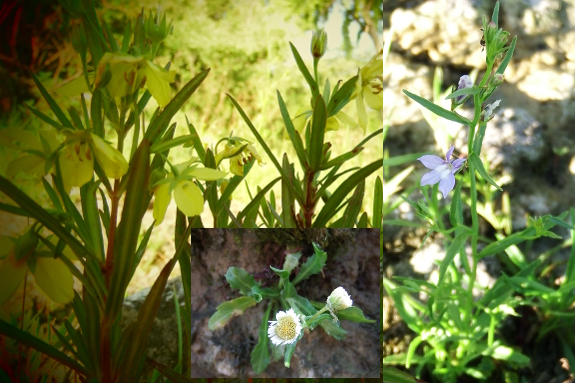
On the other hand, those
same features made the Kelleys Island alvar feel a bit pedestrian at
first. What's the big difference, I wondered, between this and a rocky
beach by any sea?
It wasn't until I got down on my hands and knees and started peering at
(and photographing) the tiny, rare flowers that barely manage to cling
to the rock that I understood what makes the Kelleys Island alvar so
special...and delicate. No wonder it took me two tries to actually find
the habitat, which is close to but not actually on any trail.
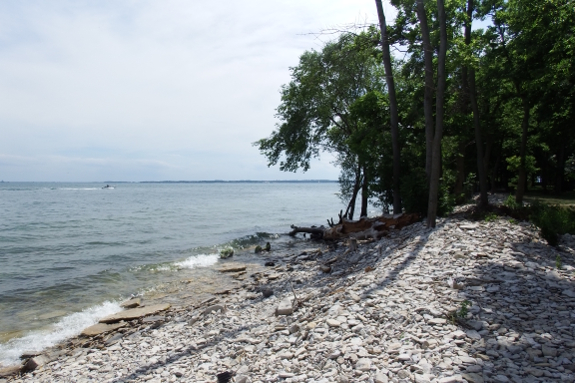
Speaking of special, I'd
be remiss if I didn't mention the preserves I missed. (After all, we
were only there for a day and a half, and I spent quite a bit of time
lounging in the airbnb's
semi-private beach.) The brochure I picked up at the ferry dock's
visitor center on the way out tempted me with the Huntley-Beatty
Preserve for an example of a man-made alvar, the Scheele Preserve for
rare rock elms, wafer ash, and citrus, and the East Quarry for fossil
hunting. I guess we'll just have to go back...although I'm thinking Pelee Island might be on the agenda as well.
Want more in-depth information? Browse through our books.
Or explore more posts by date or by subject.
About us: Anna Hess and Mark Hamilton spent over a decade living self-sufficiently in the mountains of Virginia before moving north to start over from scratch in the foothills of Ohio. They've experimented with permaculture, no-till gardening, trailersteading, home-based microbusinesses and much more, writing about their adventures in both blogs and books.
Want to be notified when new comments are posted on this page? Click on the RSS button after you add a comment to subscribe to the comment feed, or simply check the box beside "email replies to me" while writing your comment.
- Remove comment
- Remove comment
